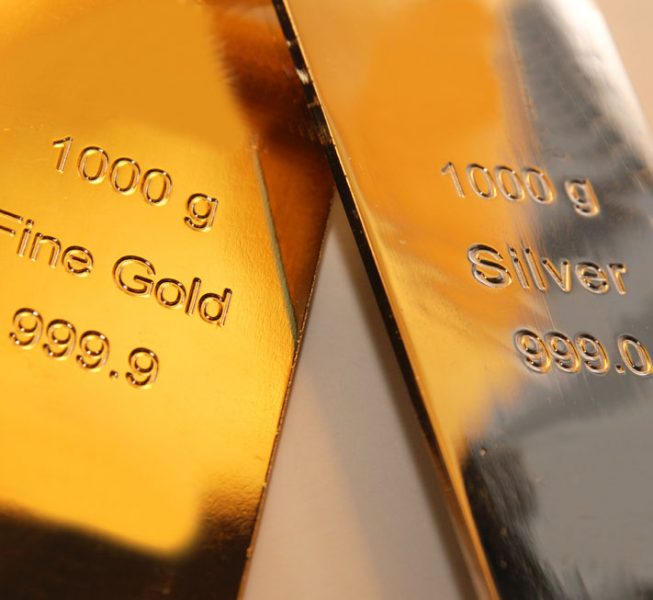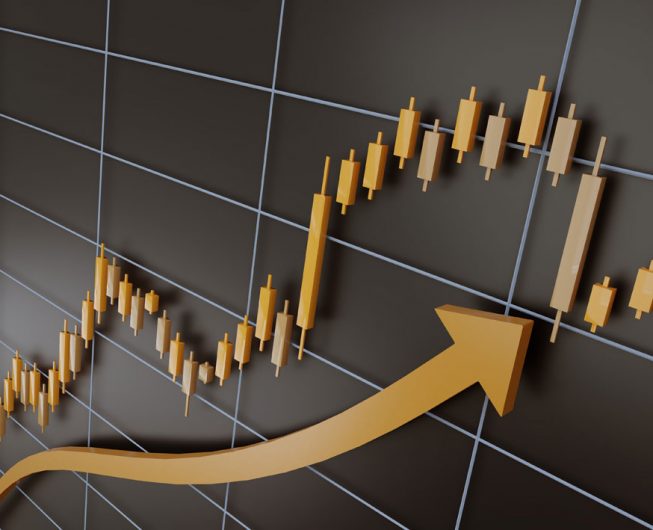Precious metals
...the oldest investments in the world
Precious metals such as gold, silver, platinum and palladium are considered a comparatively crisis-proof form of investment. Nevertheless, these precious metals are given little consideration in the investment portfolios of private investors. Precious metals also contribute to the diversification of investments and can therefore help to spread risk.
Even today, the precious metal gold is still a symbol of wealth and has lost none of its fascination. The trade in gold as a means of payment began several millennia ago, with the relatively small quantity of raw material determining the high value of the gold price.
Investing in precious metals offers attractive potential returns depending on the market situation and the economy, but it is also associated with price risks, comparable to the fluctuations of securities on the capital market. If paper money loses value in times of high inflation, scarce and sought-after precious metals such as gold, silver, platinum and palladium are considered to have a stable value, similar to real estate.


The price of precious metals is influenced by factors such as uncertainty on the capital markets, interest rate trends and the US dollar exchange rate. The price of the respective precious metal is set per ounce in US dollars. In the eurozone, it is therefore not only the performance of the precious metal but also the currency ratio that is decisive for the investor’s return.
In addition, the tax treatment of the investment also influences the investment decision. For example, the purchase of gold bars and certain gold coins is exempt from VAT. The purchase of silver, platinum and palladium can also be made VAT-free by purchasing them in a duty-free warehouse and storing them there. Furthermore, unlike securities, the purchase of physical precious metals is also exempt from final withholding tax after 2008, i.e. price gains from the sale of precious metals can be collected tax-free after a holding period of one year.
